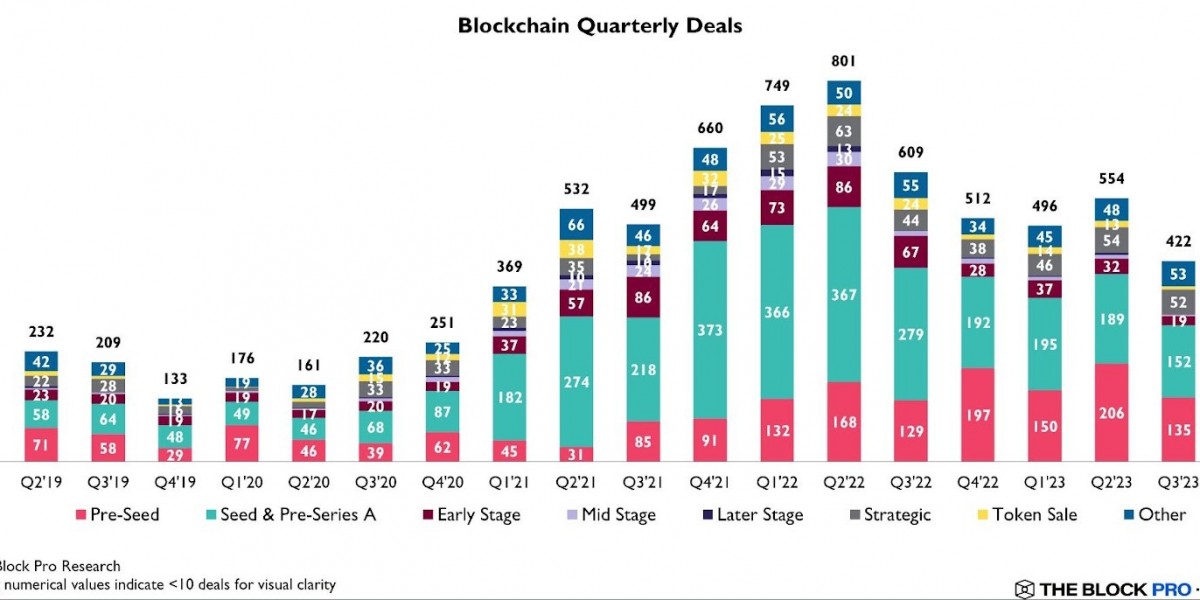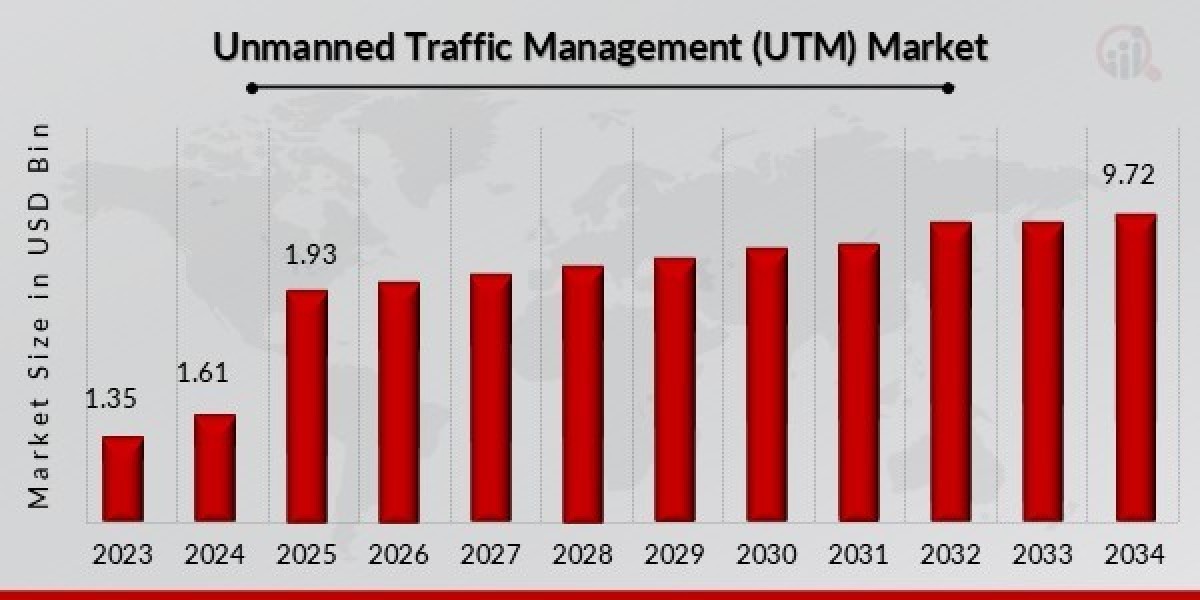One of the most innovative and sought-after fund types introduced in recent years is the Reserved Alternative Investment Fund (RAIF). Combining regulatory efficiency, flexibility, and speed to market, the RAIF has become a game-changer for fund managers and institutional investors across the globe.
Understanding the RAIF: A Modern Investment Framework
The Reserved Alternative Investment Fund (RAIF) is a unique fund regime introduced in Luxembourg under the RAIF Law of 23 July 2016. It is specifically designed for professional and well-informed investors and allows the structuring of alternative investment funds without requiring direct authorization or supervision by the Commission de Surveillance du Secteur Financier (CSSF).
Instead, the regulatory oversight is delegated to the Alternative Investment Fund Manager (AIFM), which must be fully authorized under the AIFMD (Alternative Investment Fund Managers Directive). This distinctive setup accelerates the launch of the fund while maintaining a robust layer of investor protection and compliance through the AIFM.
Key Characteristics of a RAIF in Luxembourg
1. No Direct Regulatory Supervision by the CSSF
Unlike traditional funds such as SIFs or SICARs, a RAIF is not directly supervised by the CSSF. This significantly shortens the time-to-market, making it an attractive option for fund promoters who need agility and operational speed.
2. Mandatory Appointment of an Authorized AIFM
To ensure regulatory compliance and investor confidence, every RAIF must appoint a fully licensed EU AIFM, which becomes responsible for portfolio management, risk management, compliance, and reporting. This ensures alignment with EU standards and facilitates passporting the fund throughout the European Economic Area (EEA).
3. Broad Range of Eligible Assets and Strategies
RAIFs offer unparalleled flexibility in asset selection and investment strategy. They can be used to invest in:
Private Equity
Real Estate
Hedge Funds
Infrastructure
Venture Capital
Debt and Loans
Cryptocurrency and Digital Assets
Sustainable and ESG-focused investments
There are no specific restrictions on asset classes, which makes the RAIF a truly versatile fund structure.
4. Corporate and Contractual Forms
A RAIF may be set up in multiple legal forms, including:
Société Anonyme (SA) – Public limited company
Société à Responsabilité Limitée (Sàrl) – Private limited liability company
Société en Commandite par Actions (SCA) – Partnership limited by shares
Société en Commandite Simple (SCS) or Société en Commandite Spéciale (SCSp) – Limited partnerships
Fonds Commun de Placement (FCP) – Common fund (contractual form)
This range enables fund initiators to align the legal structure with investor preferences, tax efficiency, and investment strategy.
5. Umbrella Structure with Segregated Sub-Funds
RAIFs can be structured as umbrella funds with multiple compartmentalized sub-funds, each with a distinct investment policy, asset class, and investor group. Assets and liabilities of each sub-fund are ring-fenced, providing additional protection for investors.
6. Tax Benefits and Fiscal Efficiency
Most RAIFs benefit from a favorable tax regime:
Subject to 0.01% subscription tax (taxe d’abonnement) annually
Exempt from corporate income tax and net wealth tax (if not investing in risk capital)
RAIFs structured as SICARs and investing in risk capital are subject to standard taxation but enjoy tax exemptions on capital gains and dividends
Luxembourg’s extensive double tax treaty network further enhances fiscal efficiency, particularly in cross-border investments.
7. Speed and Simplicity in Setup
Thanks to the absence of direct CSSF approval, RAIFs can be launched within 2–4 weeks, depending on the complexity and preparedness of documentation. The process generally includes:
Drafting the constitutional documents
Appointing the AIFM and service providers
Notarizing the fund vehicle (if applicable)
Filing the fund with the Trade and Companies Register
Notification to the CSSF by the AIFM (no prior approval needed)
This expedited setup makes the RAIF particularly suitable for time-sensitive investment opportunities.
Who Can Invest in a RAIF?
The RAIF regime is reserved for well-informed investors, which include:
Professional investors as defined by MiFID II
Institutional investors
High-net-worth individuals investing a minimum of EUR 125,000, or who are certified by a financial institution as possessing sufficient expertise
This qualification ensures that RAIFs cater to sophisticated investor profiles, matching the nature and risks of alternative investments.
Advantages of Launching a RAIF in Luxembourg
Launching a RAIF in Luxembourg offers numerous strategic and operational advantages:
Regulatory efficiency – No CSSF approval required for the fund itself
Pan-European marketing – Through the AIFMD passport
Cost-effectiveness – Lower ongoing regulatory and administrative burdens
High investor confidence – Through oversight by an authorized AIFM
Global recognition – Luxembourg is a globally trusted fund jurisdiction
Customizable structure – Fully adaptable to various asset classes and strategies
RAIF vs SIF vs SICAR: Key Differences
| Feature | RAIF | SIF | SICAR |
|---|---|---|---|
| CSSF Supervision | ❌ No | ✅ Yes | ✅ Yes |
| Time to Market | ✅ Fast (2–4 weeks) | ❌ Slower (2–3 months) | ❌ Slower |
| Investor Eligibility | ✅ Well-informed | ✅ Well-informed | ✅ Well-informed |
| Asset Flexibility | ✅ Broad | ✅ Broad | ❌ Risk capital only |
| Tax Treatment | ✅ Favorable (subscription tax) | ✅ Favorable | ✅ Favorable for capital gains |
| Legal Forms | ✅ Multiple | ✅ Multiple | ✅ Company forms only |
How to Launch a RAIF in Luxembourg – Step-by-Step
Define the investment strategy and target investors
Select the legal structure (e.g., SCSp, Sàrl, SA)
Appoint a fully authorized AIFM
Choose other service providers (administrator, depositary, auditor, legal counsel)
Draft constitutional documents and offering memorandum
Register the fund with the Luxembourg Trade Register
Notify the CSSF through the AIFM
Market the RAIF across the EU using AIFMD passport
Conclusion
The RAIF fund structure in Luxembourg represents a powerful vehicle for fund initiators seeking speed, flexibility, and regulatory efficiency in the European alternative investment market. By leveraging the capabilities of an authorized AIFM, fund promoters can offer robust, compliant, and diverse investment products without the delays associated with direct regulatory approval.
Luxembourg’s commitment to innovation, investor protection, and global accessibility makes the RAIF an ideal solution for private equity houses, hedge funds, real estate developers, and asset managers aiming to capitalize on European investor demand.
If you are considering launching a fund in Luxembourg, the RAIF should be at the top of your list for its cost-effective, efficient, and investor-friendly framework.
































